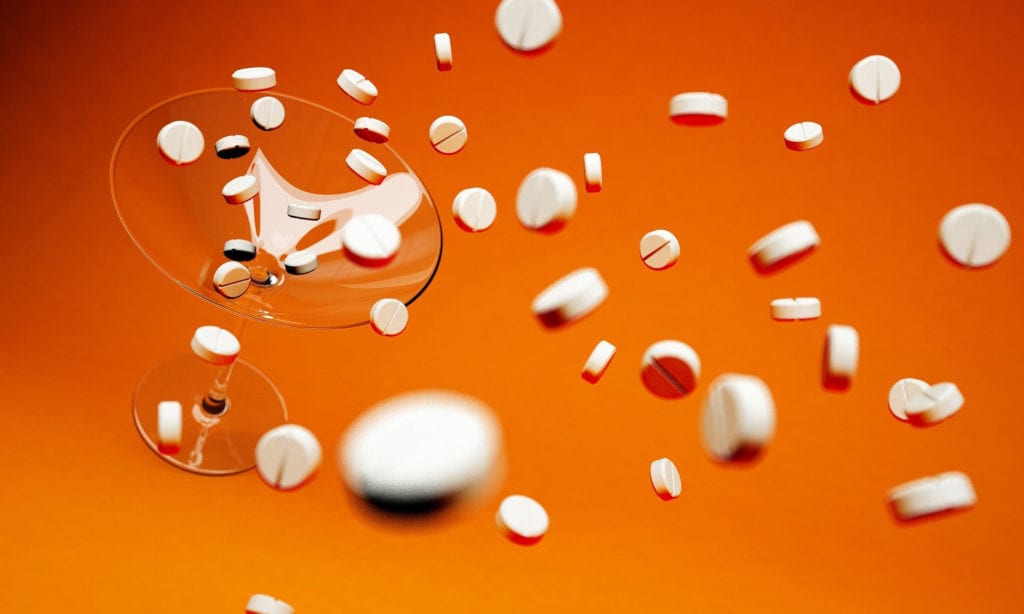Back in 2014, the FDA gave the green light for eight brand new drugs for orphan diseases.
Among the pack was BioMarin Pharmaceutical’s very own VimiZim. Weird name right? Well, it seems like drugs are required to have weird names. This weirdly named drug showed success among young patients suffering with Morquio syndrome type A, also known as MPS IV.
“Every company would love to have a blockbuster drug on their hands, but a company can be successful without one,” Fitzhenry wrote to the med city news. “The small to midsize revenue opportunity for these niche drugs makes them more valuable to smaller companies that can develop them with leaner infrastructures.”
The authors of the index deduced that the commercial success of a drug might be in the hands of timing of mergers and acquisitions. In fact, 65 drugs approved in 2014 were either in-licensed or acquired. All but one of the five products did poorly on a commercial level.
Among the list of failed drugs were: Esbriet, Northera (1.8/5), Dalvance (1/5), Sivextro (1.2/5), and Zerbaxa (1.2/5). Esbriet, on the other hand is an exception, with a commercial score of 3.6/5.
This trend of last-resort acquisitions keeps on going. For example, Gilead Sciences acquired Kite Pharma for $11.9 billion and as a result, their flagship cancer drug, Yescarta, was given the green light.
Whether a drug does well commercially or not, we should remain hopeful that they are actually helping people and continue to help people by staying on the market.





